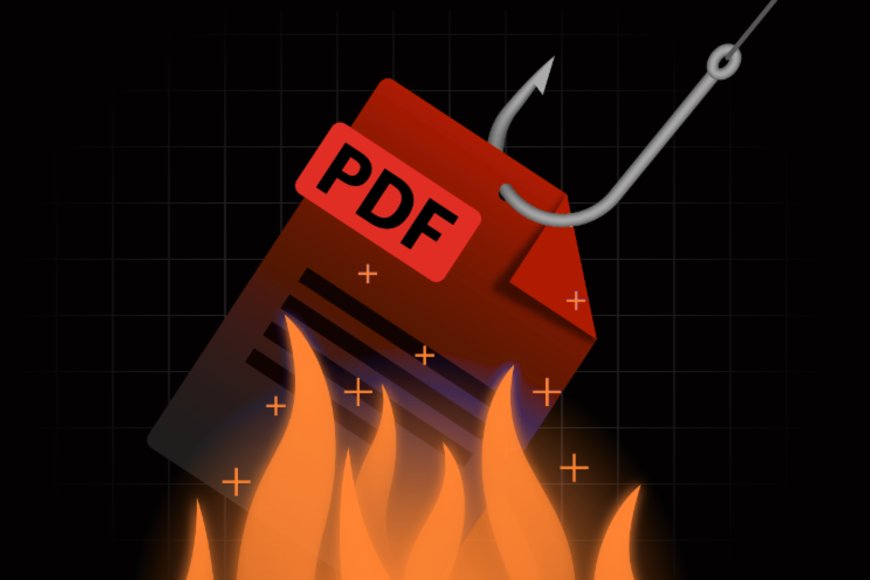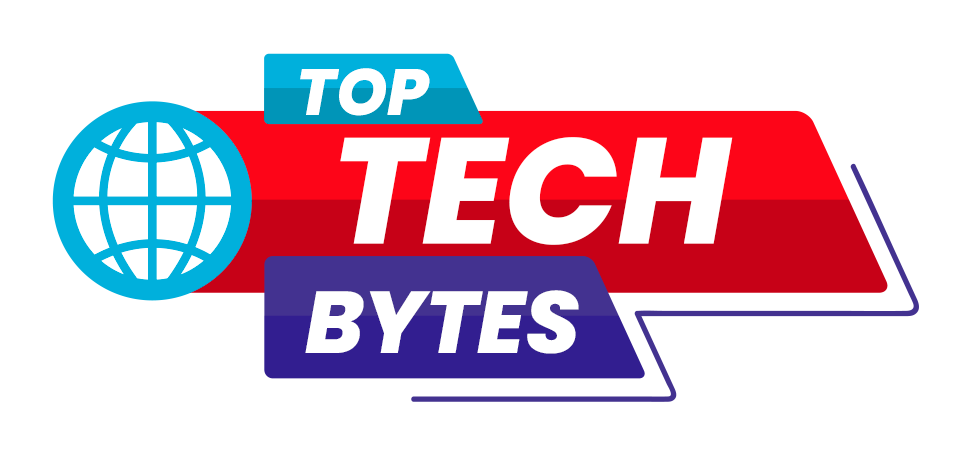Emerging Cyber Threat Turns Common PDF Documents into Dangerous Tools for Phishing and Malware Attacks
A new cyber threat, MatrixPDF, turns normal PDF files into phishing tools that bypass email security filters. This advanced cyberattack method helps hackers steal data, making AI-driven email security and data protection vital for businesses.

In today's digital environment, cybercriminals are growing more inventive in their attack strategies.The most recent threat, MatrixPDF, takes this to a new level by transforming ordinary PDF files into effective phishing tools.This malicious toolkit can simply bypass security measures and deceive users into revealing sensitive data. Businesses rely significantly on email communication, so knowing this rising danger is critical to ensuring data security and online safety.
Recently, cybersecurity researchers discovered a new and concerning threat known as MatrixPDF, a phishing and malware distribution toolkit designed to exploit one of the most trusted file types. This application allows attackers to convert ordinary PDF files into interactive phishing traps that can bypass email security systems and redirect users to malicious websites or malware downloads, putting personal and business data at risk. Varonis researchers discovered it after seeing it being offered on cybercrime forums and Telegram channels, where its maker offers it as a "phishing simulation and black teaming tool." However, experts confirm that it is actively utilized in real-world intrusions.
The toolkit, known as “MatrixPDF: Document Builder”, enables attackers to upload legitimate PDFs and then embed malicious JavaScript actions or clickable overlays (fake interactive buttons or links added to a PDF that trick users into clicking and visiting malicious websites) designed to trick users.These overlays often mimic “Secure Document” buttons, leading victims to phishing websites that steal credentials or deliver malware. The tool also supports blurred content (a visual trick used in malicious PDFs where text or images appear hidden, prompting users to click a fake “Open Secure Document” button to reveal the content), fake security prompts, and metadata encryption to make files appear genuine.
What makes MatrixPDF particularly dangerous is its ability to bypass Gmail’s security filters. Since the generated PDFs don’t contain any harmful code inside the file and only include links to other websites, Gmail’s scanner cannot flag them as harmful. When a user clicks on the fake “Open Secure Document” button, it automatically opens a malicious website in their browser, making it look like the user intentionally accessed that page.
Experts underline the need for organizations and people to upgrade their email security systems with AI-powered protection measures.These systems can analyze PDF structures, detect blurring overlays, identify fake security prompts, and scan URLs in sandbox environments to prevent harmful files from reaching inboxes. As phishing attacks get increasingly complex, awareness and proactive data protection measures are critical. Performing frequent data backups and using advanced email security solutions can assist to reduce the risk of data theft and system compromise.
Information referenced in this article is from Bleeping Computer







